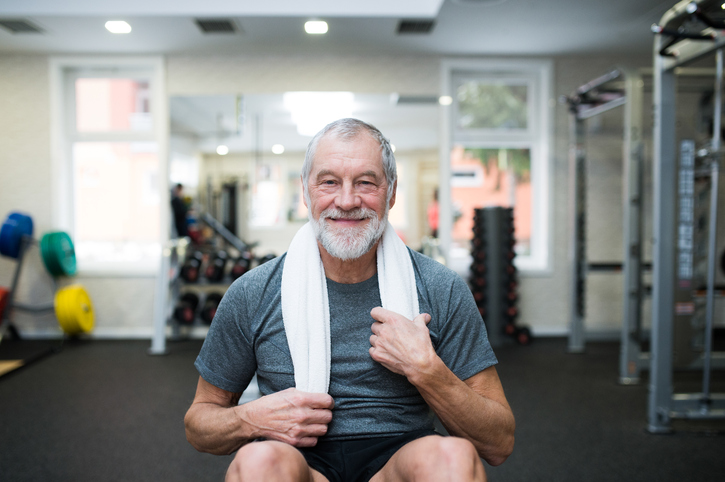
Exercise is an important component of any preventative medicine program. You are what you eat, and what you do with it, therefore you must “start from within”.
There are many reasons why people do not exercise. Some do not have the time, some do not have the energy, some feel they are not healthy enough to exercise, and some just simply do not want to exercise.
The benefits of exercise include:
- stress relief
- increased energy expenditure
- easier to diet and keep that weight off
Exercise is one of the best stress relievers you can practice. Stress is unavoidable in today’s world. It takes a surprisingly small amount of relaxation to overcome the stresses of today’s life. Ultimately, exercise increases the amount of energy available to the working tissues of the body and increases the amount of fatty tissue burned during a 24-hour time even while at rest. At the Center for Modern Aging, we can work with you to understand your physical goals and help create a fitness and nutrition plan to help you reach those goals.


